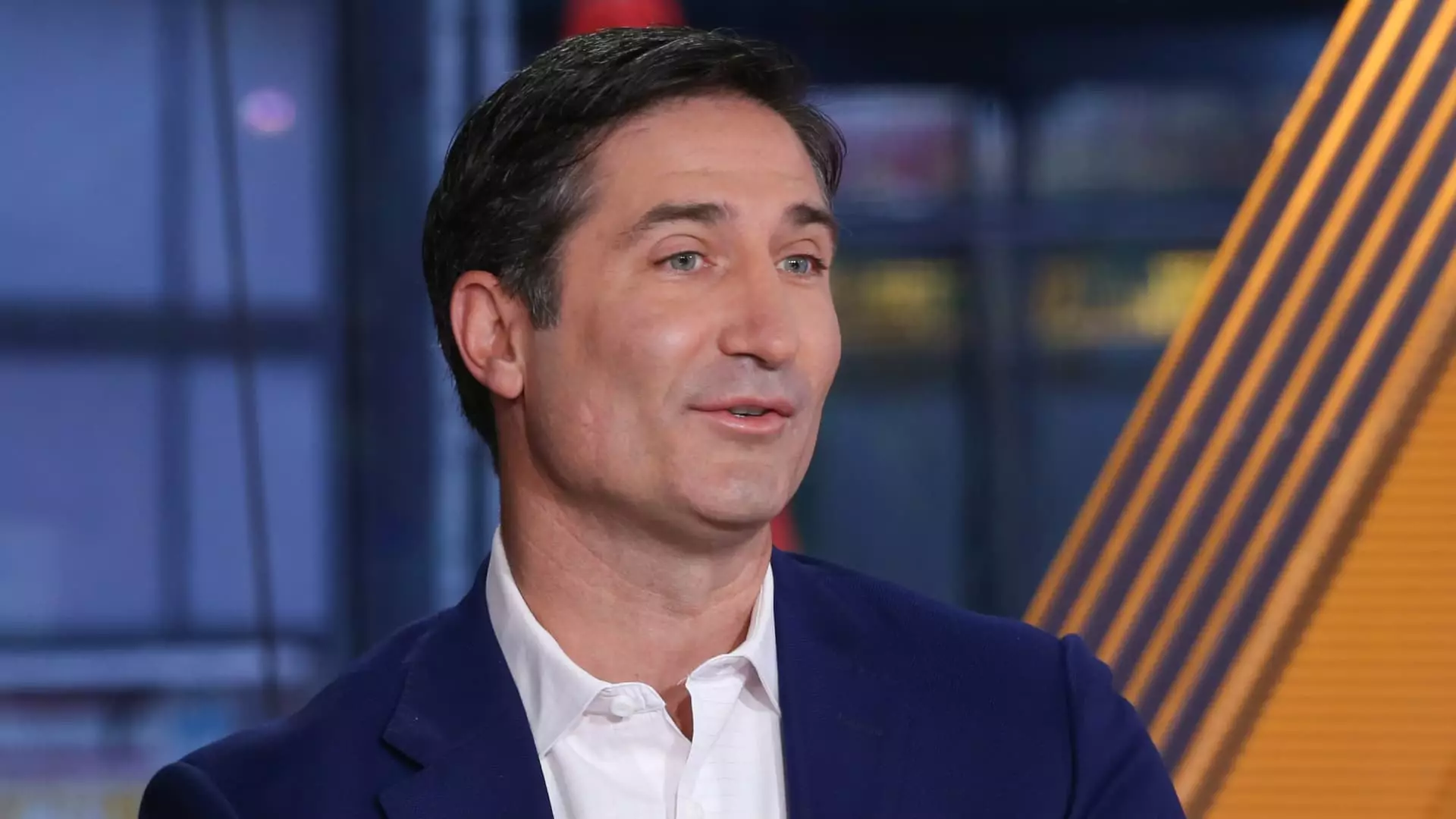Starbucks, the globally cherished coffee chain, recently reported continued struggles with its same-store sales, marking an alarming fourth consecutive quarter of decline. However, in a paradoxical turn of events, the company’s quarterly earnings and revenues exceeded Wall Street’s projections. This juxtaposition raises questions about the sustainability of its growth strategy and the efficacy of the ongoing turnaround plan spearheaded by CEO Brian Niccol.
Half-Empty or Half-Full? Analyzing the Financial Outcome
In the latest financial disclosures, Starbucks announced a fiscal first-quarter net income of $780.8 million, translating to earnings of 69 cents per share—an apparent decline from the previous year’s $1.02 billion or 90 cents per share. Despite net sales remaining static at $9.4 billion compared to the prior year, the company’s performance exceeded analysts’ expectations of 67 cents earnings per share and $9.31 billion in revenue. This indicates a divide; while basic figures may be declining, financial acumen and adept management are keeping investors somewhat appeased, as seen by a 3% increase in stock prices during after-hours trading.
However, the decline in same-store sales, which slid by 4% along with an unsettling 6% drop in store traffic, begs deeper inquiry. Wall Street analyst expectations had forecasted a more severe decline of 5.5%. This slight deviation might suggest a small silver lining, but it remains crucial to acknowledge the broader context of declining customer engagement.
Under Niccol’s leadership since September, Starbucks has embarked on a strategy aimed at revitalizing its core business. By re-emphasizing its coffee offerings and the overall customer experience, the leadership hopes to entice a customer base fading under pressure from cheaper competitors. Significant changes have been made, such as eliminating additional charges for nondairy milk alternatives and revamping marketing strategies to focus more intently on coffee.
Nonetheless, these adjustments may not be enough to address the systemic challenges that have caused the decline in foot traffic—an 8% decrease at U.S. locations alone. Furthermore, the company is now navigating the complexities of the international market, with slower sales in China exacerbated by rising competition. Particularly, lower-priced rival Luckin Coffee is forcing Starbucks to employ aggressive discount strategies, further complicating their branding as a premium coffee provider.
With an eye on recalibrating for fiscal 2025, Starbucks has decided to pause on location expansions and renovations, redirecting resources to reinvigorate its existing concepts. This is an indication of cautious optimism but also sheds light on a potential risk: by focusing inward rather than outward, is Starbucks setting itself up for long-term viability, or are they merely delaying the inevitable?
Moreover, Niccol’s corporate strategy includes restructuring the leadership framework of Starbucks by separating the North American president role into two distinct positions. This decision seems to reflect a departure from previous practices and underlines the organization’s urgency to implement a more nuanced yet rigorous operational structure.
The upcoming layoffs further complicate the picture, as the company has yet to disclose the number of positions being eliminated. While layoffs can be a necessary step towards financial recovery, they often signal a troubling sentiment—one of reduced confidence in the current workforce and operational model.
While Starbucks has managed to surpass key financial metrics this quarter, its ongoing challenges with same-store sales highlight a disconcerting trend that the coffee giant must confront. The adjustments under Niccol’s leadership, especially focusing on core competencies and streamlined operations, resonate with a company seeking to retain its iconic status in an increasingly competitive landscape. To successfully rebound, Starbucks must capitalize on current strategies while remaining adaptable to customer preferences both domestically and internationally. The coming months will be crucial for assessing the true impact of these initiatives and determining whether Starbucks can reclaim its dominant position in the coffee industry.


Leave a Reply